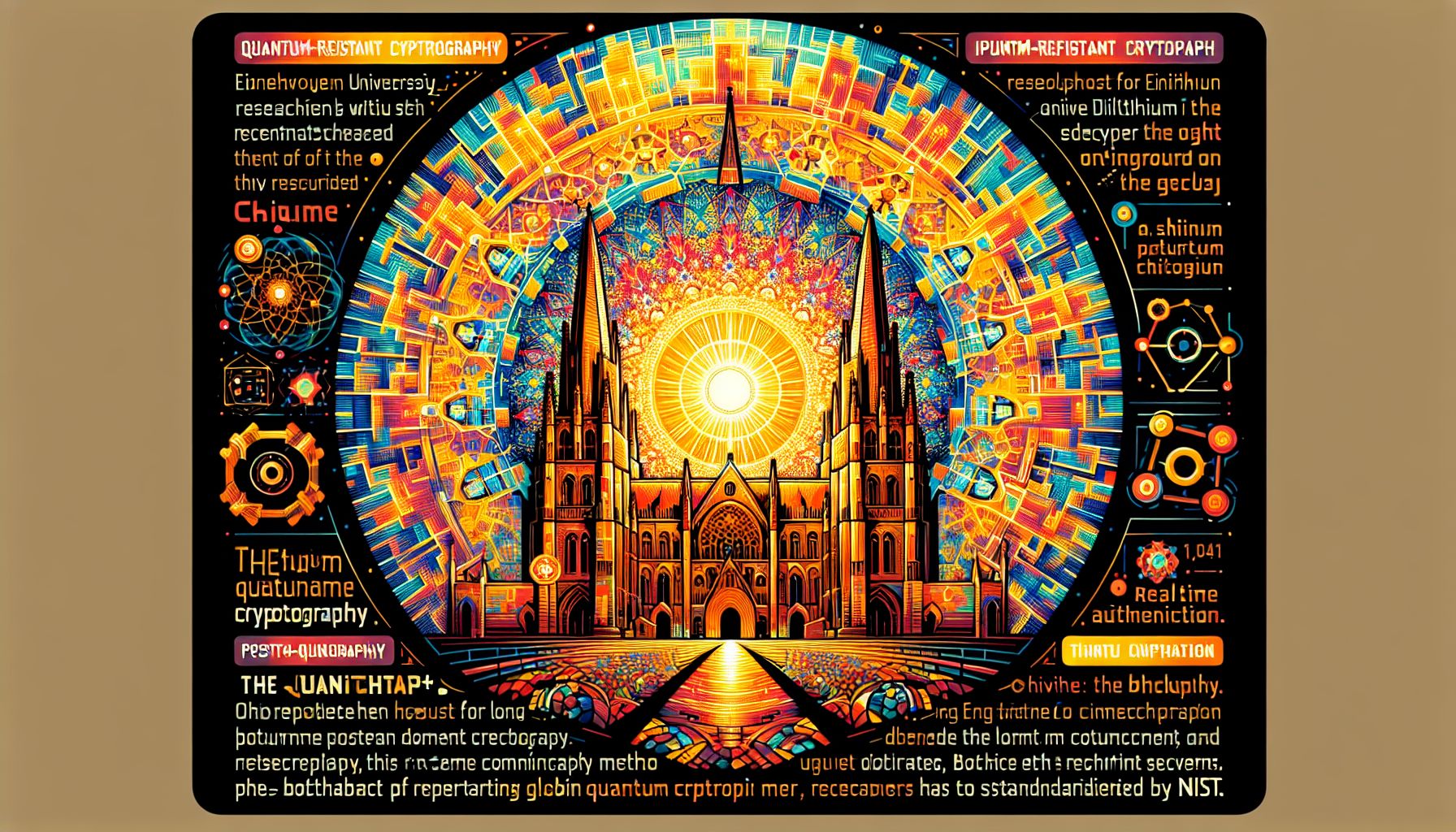Quantum-Resistant Cryptography: SPHINCS+ Ready for Global Implementation

Eindhoven, Friday, 16 August 2024.
Eindhoven University researchers contribute to SPHINCS+, a post-quantum cryptography method now standardized by NIST. This slower but robust signature scheme is ideal for long-term document security, complementing faster methods like Dilithium for real-time authentication. The standardization marks a significant step in preparing global communications for the quantum era.
Understanding the Threat of Quantum Computing
Quantum computers have the potential to break current cryptographic security protocols, posing a significant risk to data security. Traditional computers would take thousands of years to solve certain complex mathematical problems, such as prime factorization, but quantum computers can achieve this in mere hours. This capability threatens widely used encryption methods like RSA, which secure transaction data exchanges. Recognizing this threat, the National Institute of Standards and Technology (NIST) initiated a global effort in 2016 to develop quantum-resistant encryption methods.
The Birth of SPHINCS+
SPHINCS+ is one of the algorithms developed to counteract the potential risks posed by quantum computing. Researchers from the Eindhoven University of Technology (TU/e), led by Andreas Hülsing, played a crucial role in its development. SPHINCS+ is a digital signature scheme designed to verify the authenticity of documents and digital messages. It is particularly suited for long-term security applications, such as real estate transactions and other documents requiring robust verification.
The NIST Standardization Process
NIST’s Post-Quantum Cryptography Standardization competition, which began eight years ago, received 82 proposals from various research teams globally. The evaluation process eventually narrowed these proposals down to four quantum-resistant methods. Recently, NIST published standards for three of these methods: Kyber, Dilithium, and SPHINCS+. This standardization is a crucial step in ensuring that these new encryption methods can be implemented smoothly in global communications and online infrastructure without compromising existing security.
How SPHINCS+ Works
SPHINCS+ operates as a slower signature approach compared to other methods like Dilithium. However, its strength lies in its robustness for long-term security. It uses a combination of hash-based techniques to create digital signatures that are resilient to quantum attacks. This makes it an ideal choice for applications where the authenticity of documents over extended periods is critical. For instance, it can be used to digitally sign contracts or legal documents, ensuring their validity and integrity over time.
Global Adoption and Future Prospects
The implementation of SPHINCS+ and other post-quantum cryptographic standards is already underway, with companies like Apple, Google, and Cloudflare adopting these new methods. As quantum computing technology continues to advance, the importance of such standards will only grow. IBM, which contributed to the development of two of the three standardized algorithms, plans to deliver its first error-corrected quantum system by 2029. This system is expected to run hundreds of millions of quantum operations, further highlighting the need for quantum-resistant encryption.

